#cucapa
Explore tagged Tumblr posts
Video
vimeo
TEKONA | Directed by Tomas Karmelo Amaya and Shalene Joseph from KANION on Vimeo.
Tekona reflects on his family’s teachings while he braids his hair in the early morning and makes deeper connections to his indigenous identity.
CO-DIRECTOR | WRITER | CINEMATOGRAPHER | EDITOR Tomás Karmelo Amaya | @tomaskarmelo (Yoeme / A:shiwi / Rarámuri)
CO-DIRECTOR Shalene Joseph | @shalenejoseph (A’aniiih / Athabascan).
PRODUCER Siera Begaye | @Sweetsib (Navajo)
SOUND DESIGNER & RE-RECORD MIXER Alexis Sallee @akalexxx (Iñupiaq)
MUSIC BY Quetzal Guerrero | @qviolin
STARRING Tekpatl Kuauhtzin @tekpatl (Nahua / Cucapa / Tsalagi)
Sweetwater S. Sahme @sweets_water (Hopi / Creek / Warm Springs)
Tulio A. Knight (Confederated Tribes of Warm Springs)
PRODUCTION ASSISTANTS Shadren Joseph @shady__joseph (A’aniiih / Athabascan)
Tresten Joseph @tresten_ (A’aniiih / Athabascan)
Gabriella Martinez @gabyxy_
Kelli Moody @thekellibear (Warm Springs / Yakama / Lummi / Musqueam)
MADE POSSIBLE WITH SUPPORT FROM:
The Native Wellness Institute (NWI) nativewellness.com
The Indigenous 20 Something Project (I20SP) i20sp.com
Art With Impact artwithimpact.org
0 notes
Text
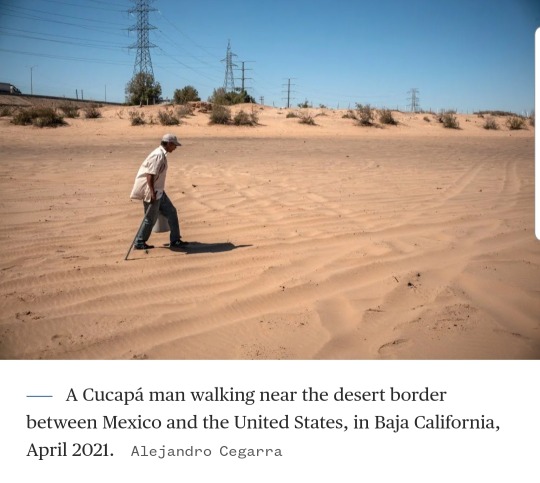
MEXICALI, Mexico — Lucía Laguna carries her fate tattooed on her face — from the corner of her mouth to her chin, black lines surf across her coppery skin — the tribal art honoring her people will also serve an important function later on.
“After my death, it will be guide me to my ancestors. With the tattoo, they will recognize me and can take me where they are," she said, as she talks on the banks of the Colorado River.
But under the merciless sun, Laguna, 51, worries about the fate of the river and its impact on the Cucapá, her Indigenous people. A searing drought is exacerbating the deadly heat in a region that long ago saw its river flow diminished, after almost a century of U.S. engineering projects.
"Cucapá means people from the river, that's why we are fighting for it," she said, pointing to a decrease in the river's flow she is seeing every year. “We cling to the river and fight because it gives us water so that the fish can arrive and we can earn our livelihood. But it is a fight that seems that we will never win," she said, disheartened.
Mexico is experiencing the worst drought in three decades. NASA images from the recently released Landsat 8 satellite showed the extremely low levels of the Villa Victoria dam, one of the capital's main water reservoirs.
According to meteorologists, three quarters of the country suffers from drought; in 16 of the 32 states, it affects their entire territory. Thus, 60 large reservoirs, especially in the north and the center, are below 25 percent of capacity.
"Over the past 70 years, the temperature in Mexico has a clear and conclusive increasing trend. In the last decade, it increased very rapidly and that rise is even higher than the average for the planet," Jorge Zavala Hidalgo, general coordinator of the National Meteorological Service, said.
Rainfall has always fluctuated, he explained, but now the rain is concentrated in fewer days. "And that is bad because we all want it to rain — but nobody wants it to flood, especially the farmers, because that destroys the crops. That is why we are studying everything that is happening."
The increase in temperature especially affects the forests, which go from being a paradise of greenery to time bombs for fire risks. As of May 5, 562 forest fires had been registered, 27 percent more than in 2020. And the burned area grew 69 percent, reaching almost 900,000 acres.
"There is more drought and therefore the vegetation is waiting for someone to arrive, light a leaf and from there, the fire begins," said César Robles, deputy manager of the Fire Management Center of Mexico's National Forestry Commission. "The area affected by fires is directly correlated with the increase in temperature and the decrease in rainfall."
An area resident, Imelda Guerra Hurtado, 43, pointed to the barren lands of El Zanjón, an arid, semi-desert enclave that reaches the banks of the Colorado River delta.
She remembers her grandparents taking her fishing — and points to areas that used to have water.
"Sometimes we feel that we are dying of thirst. Although many deny it, the climate has changed," she said. "We have always lived off the fish in the river, since I can remember. Now we can only fish once a year and it is our main livelihood."
U.S. engineering and their consequences
The Cucapá are one of the five native tribes of Baja California, and they descend from the Yuman people. According to official data, there are now only between 350 and 400 members of the Cucapá people but, in the 19th century, Western colonizers documented between 5,000 and 6,000 nomads who organized into clans.
"You have to understand that these Indigenous people see the entire region, both the part of Mexico and the United States, as their territory. In their traditions, it is remembered that they received a lot of water and, little by little, they were running out of that flow," said Osvel Hinojosa-Huerta, director of the Coastal Solutions Program at the Cornell Lab of Ornithology.
The history of the Colorado River, and the problems it suffers today, is an ode to progress and engineering that tried to tame nature. It is the most important water system in northwestern Mexico. It is essential for farming in a semi-desert region.
In the 19th century, the river reached Mexico with a wild power of about 42,000 cubic feet per second. At the beginning of the 20th century, however, the United States began struggling to convert the arid regions of the Southwest to arable land, thus undertaking engineering works to divert water to the Imperial Valley of California.
"From 1922, everything started badly," Hinojosa-Huerta said. The United States did a study to divide the water from the Colorado River and, coincidentally, it was the 10 wettest years in the basin." Thus, a distribution was made on paper that included more water (16 percent) than there actually is. And then the reservoirs began to be built.
Treaties, dams — and then climate change
In 1936, the Hoover Dam was inaugurated, between Nevada and Arizona, which lowered the flow to 164 cubic meters per second for Mexico. In 1944, a bilateral treaty was signed that guaranteed Mexico about 1.8 million cubic meters of water per year, but most of it goes to agriculture.
The agreement did not consider the rights of the Cucapá people and their ancestral relationship with the river. But it affected their traditional ceremonies, causing a shortage of fruits and grains, and the trees and shrubs used to make houses, boats and clothing. "Nobody asked us anything," Guerra said.
In 1966, the Glen Canyon Dam in Arizona was erected, and the river's flow decreased to 8 cubic meters per second. But what no one seemed to count on, between treaties and dams, was climate change.
"In Mexicali, it has never rained," Hinojosa-Huerta said, "the flow that reaches the region and that supports agriculture comes from snowfall 2,600 kilometers [1,600 miles] in the Rockies."
It all depends on precipitation in Wyoming and Colorado, but since 2002 snowfall has been below average, depleting the river and resulting in a "desolating panorama," he said.
Years of warmer temperatures, a failed rainy season last summer and low snow cover have combined to cause Mexico's Baja California rivers to decline.
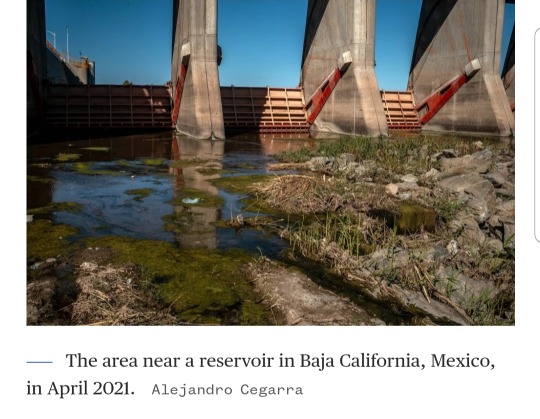
Hell on Earth
But heat also kills. In 2019 there were at least eight deaths in Mexicali associated with high temperatures; in 2020, they were 83.
"People cannot live with those temperatures, that is, people die", Zavala said, "although they are used to the heat, even small increases break the threshold for the human body to survive."
On Aug. 14, 2020, Mexicali registered 122 degrees Fahrenheit, breaking the record of 121 that dated from August 1981.
Froilán Meza Rivera, a veteran journalist and writer from northern Mexico, consulted the archives of the Secretariat of Hydraulic Resources. It appears that in July 1966, in Riíto, a Mexicali community, a thermometer reached an unprecedented figure of 140 degrees Fahrenheit. And that was its limit: the mercury rose to the top and could not measure any more.
It would be the highest figure in the world: according to the World Meteorological Organization, the highest recorded temperature is 134 degrees Fahrenheit on July 10, 1913, in California's Death Valley.
The region is exposed to the worst possible scenarios in terms of a climate emergency, according to Roberto Sánchez Rodríguez, an academic from the Colegio de la Frontera Norte. "Governments have mismanaged resources, and that is why there is less water available," he said.
Fishing
Since 1993, the fishing territory of the Cucapá has been included in the Upper Gulf of California and the Colorado River Delta Biosphere Reserve, which has a surface area of 2.3 million acres. This protected area was created to preserve the flora and fauna, such as the vaquita porpoises and the totoaba, which are at the brink of extinction.
"We abide by the rules, we know that species have to be protected because we are an Indigenous people, we use the nets and equipment that the government asks of us and we do not go out when it's not our turn," said Rubén Flores, captain of a panga, a boat used for traditional fishing.
An earthquake in 2010 also affected fishing. "It left us huge cracks that got bigger, and that doesn't allow us to fish like before," said Hilda Hurtado Valenzuela, 68, president of the Sociedad Cooperativa Pueblo Indígena Cucapá, one of the associations that groups together the people who are still fishing.
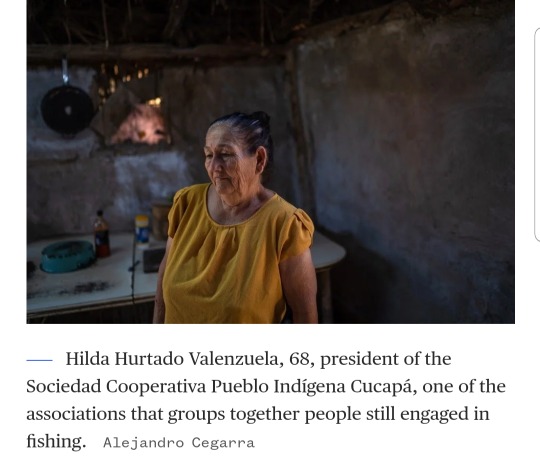
Sitting on a plastic chair near the patio of her home in El Indiviso, a semi-desert piece of land, she said she likes to get away from the sun. For a long time, she has not seen the sun as a source of life but as a tough enemy who takes out her tribe, destroys the river and forces them to forces them to do their chores and work at night during the harshest moments of summer.
"Unbearable"
"The heat here is unbearable, we have never experienced this. There are even people living on the streets who die because they cannot stand the temperatures," Valenzuela said. "And it also affects the animals because less water arrives from the river and the fish breed with the mixture of fresh water and salt, so there are fewer and fewer fish."
The townspeople insist that they do not fish the totoaba, whose swim bladder is considered a delicacy in the Asian market for its supposed medicinal and aphrodisiac properties (when it reaches China it costs $55,000 or $60,000).
But the intense demand leads to fishing with professional nets, thus also trapping the vaquitas and leaving them on the brink of extinction.
Various environmental and journalistic investigations have pointed to the Dragon Cartel, a criminal network with Mexican, American, Chinese and other intermediaries who conspire to exploit and fish the totoaba in that region.
Flores said that just by looking at the sky, he knows what the weather will be like. That's why he shakes his head disapprovingly every time he sees the relentless sun.
"Something strange is happening here. It is as if the sun lasts longer, so the fish do not like that heat. They are born less and weigh less." It used to take them two days to fish for curvina, now it takes them a whole week, he said, looking at the river.
The intense drought also has affected the fish's reproduction, so they must go further and further out, with poorly prepared boats, with small engines and without much fuel.
"We comply with everything, but the people of the surrounding towns also fish and don't (comply) —and many times we're punished for that, said Paco, a veteran fisherman with more than 25 years of experience.
"And we must also be careful because the narco is there, they follow our routes through the area and they fish in order to hide tons of drugs underneath. We tell the police, but nobody does anything," said Paco, whose last name is being withheld for fear of retaliation.
"I want the river to stay"
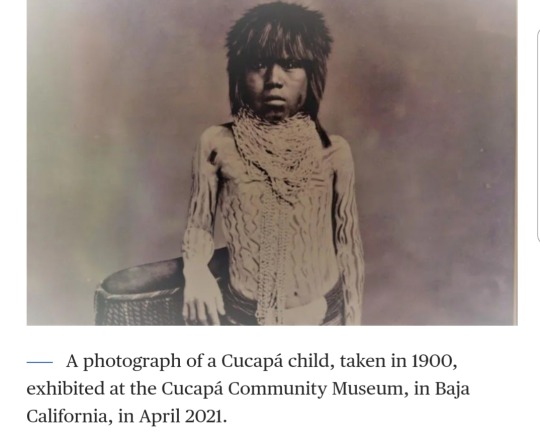
Lucia Laguna considers herself a guardian of the Cucapá, keeping alive their language, customs and traditional clothing to preserve them. Her memory is one of the most important reservoirs of the Cucapá past.
Kneeling on the banks of the Colorado River, she touches the dark water with special devotion while reciting an ancient song. Two little girls are with her.
"My tata [grandfather] fishes because without that we cannot eat. I too would like to be a fisherman, because I really like the river and being here," Marleny Sáenz, 10, said.
"I want the river to stay, to have our traditions," she said. "I like to sing because it is part of me, I feel very proud to be part of this town."

It is a ritual that they used to celebrate on the banks of the river. From time immemorial they burned the cachanilla, a wild plant with a fresh aroma, while chanting their songs so that the fishermen would be lucky in their long expeditions at sea.
"It is about opening paths, so that everything goes well," Laguna said.
"We are paying the consequences of the pollution of other people. The people of the cities have to understand that we are affected by what they do. They do not live alone in the world," she said sadly, touching the water and singing to the river.
#mexico#indigenous#cucapa#cucapa people#usa#united states#california#nevada#arizona#colorado#colorado river#china#drug cartels#cartels#animal#fish#AOM#climate change#climate crisis#history#mexican history#vaquita#colonization#colonialism#imperialism#wyoming#🇲🇽
8 notes
·
View notes
Photo

#beeroftheweek #Cucapa #American #PaleAle. Robust #malty taste with slight #grapefruit notes and a heavy hoppy #bitternes. Toasted and slightly seet aftertaste. Full mouthfeel and full bodied a bit too strong for the a #dayatthebeach he he but still a great #Mexicanbeer. Maybe not the most wintery style beer but I know I am not the only one dreaming of a beach day right now ;) . . Brewed by: Cucapa ABV: 5.8% IBU: 45 100% Malt Hops: ? My Score 6.5/10 . #Puertoescondido #beeratthebeach #craftbeer #beerreview #bluesky #Zicatela #chupacabras #cucapabeer #sandybeach #mexicanbeer (at Zicatela Beach, puerto Escondido) https://www.instagram.com/p/BslZhgsgsUU/?utm_source=ig_tumblr_share&igshid=d7qz87u6golb
#beeroftheweek#cucapa#american#paleale#malty#grapefruit#bitternes#dayatthebeach#mexicanbeer#puertoescondido#beeratthebeach#craftbeer#beerreview#bluesky#zicatela#chupacabras#cucapabeer#sandybeach
5 notes
·
View notes
Photo
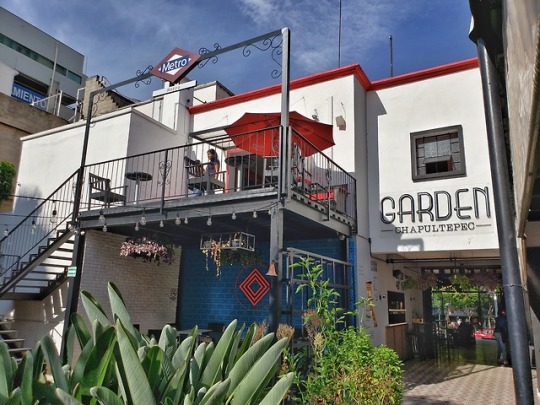
postal tapatia 2
©DAYANJIMENEZ 06_2018
#cucapa#cerveza#gudalajara#mexico#lugares#DAYANJIMENEZ#photography#photographers on tumblr#photooftheday#original photographers#photographerslife#goodtimes
13 notes
·
View notes
Photo

Cerveza Cucapa Brown Ale. #Cerveza #Beer #Birra #Bière #Cucapa #BrownAle #Ale #Manzanillo #Colima #Mexico (at Manzanillo, Colima) https://www.instagram.com/p/CapkSh4guzF/?utm_medium=tumblr
0 notes
Photo

#cucapa #paraelcalor #paraelcamino (en Toluca, Mexico) https://www.instagram.com/p/CPL8qkTn7YQQB2jgBi_jB5iHQArt-a8qNHiWHo0/?utm_medium=tumblr
0 notes
Photo
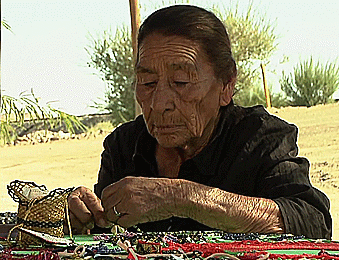
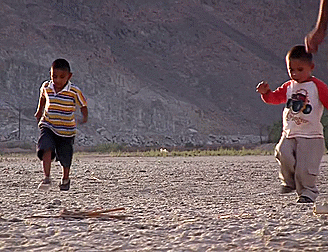
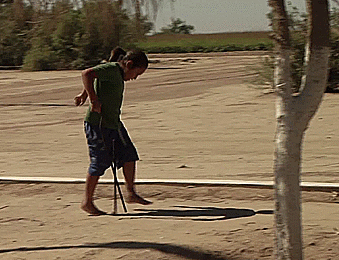
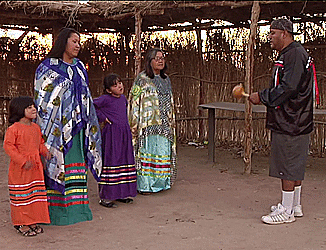
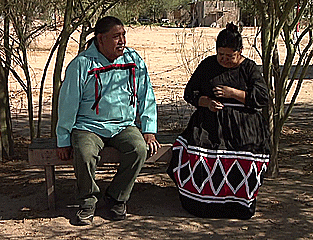
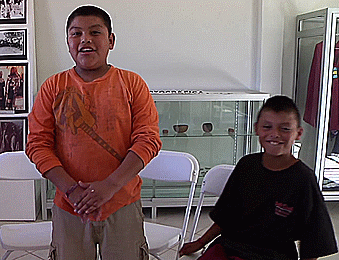
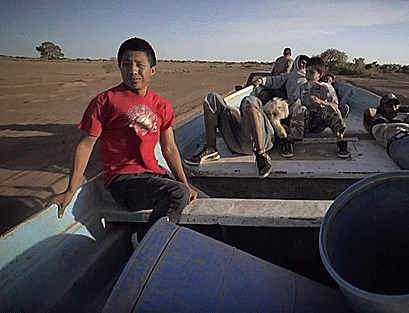
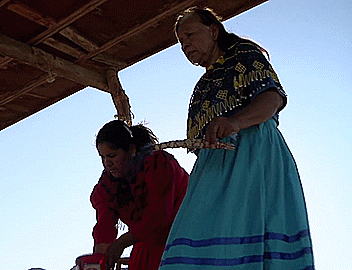
The Cucapá are indigenous people located in the Mexican states of Baja California & Sonora along the lower Colorado River. They fish and make crafts for a living. Their population is a couple hundred and they’re part of the Yuman language family.
205 notes
·
View notes
Photo

Creo que ya es tiempo de actualizar la colección de #cucapa #cucapá #beer #oktoberfest #oktoberfest2020 https://www.instagram.com/p/CGDwPlLBb02/?igshid=q86qdvish602
0 notes
Photo

Día de la Cerveza 😛😝😜 Esta #Kolsh 57 de Cucapa esta buenísima. No es una cerveza fuerte o pesada, es muy refrescantes fáciles de beber pero con un sabor completo que no te lo debes perder. #Cucapa #DiaDelaCerveza https://www.instagram.com/p/CDmlZGkBXLO/?igshid=223ahn46b3w2
0 notes
Photo

Muy buena platica y chelita #cucapa https://www.instagram.com/p/BxkxxdelPbn/?igshid=6u9e2a17jxiu
0 notes
Photo

#Cucapa #Mexican #Köln style beer (cheers to all my #kölsch friends 🍻). A good choice to try with a #roasted #cabrito head #cabritoasado. Will you posted on the new Mexican #craftbeers and the old good Mexican lagers. Promise not to post only #Victorias like my last trip to #Mexico 😂. . . #mexicancrafrbeer #cucapabeer #cervezaartesanal #queretaro #cabrito #roastedlamb #traveltheworld #biertalk #cervezamexicana #germany #beeradvocate #cerveza #bier #birra (at Queretaro) https://www.instagram.com/p/BrV6VxnAWr4/?utm_source=ig_tumblr_share&igshid=1iqsiuktef17x
#cucapa#mexican#köln#kölsch#roasted#cabrito#cabritoasado#craftbeers#victorias#mexico#mexicancrafrbeer#cucapabeer#cervezaartesanal#queretaro#roastedlamb#traveltheworld#biertalk#cervezamexicana#germany#beeradvocate#cerveza#bier#birra
7 notes
·
View notes
Photo

Cuanta razón en una sola imagen #muralescdmx #Cucapa https://www.instagram.com/p/BvevBJ_BPlY/?utm_source=ig_tumblr_share&igshid=icru8w5dy8nr
0 notes
Photo

Empanadas de saragaya con aderezo de chipotle y queso . . . . . . . Ya puedes hacer pedidos por WhatsApp 📱 (784) 118 8629 📞 (784) 887 0244 #saragaya #chipotle #empanadas #chile #salsa #calzone #seafood #minilla #sanpellegrino #italiansoda #cucapa #beer #mexico #yumi #food #cerveza #coffeeshop #coffee #photooftheday #eclectic #starbucksmelapela #elitaliantambien #visitcazones #andreiesamor (en Cazones De Herrera, Veracruz-Llave, Mexico) https://www.instagram.com/p/Bt6GPiTHUZQ/?utm_source=ig_tumblr_share&igshid=xy7bw5c2u8e
#saragaya#chipotle#empanadas#chile#salsa#calzone#seafood#minilla#sanpellegrino#italiansoda#cucapa#beer#mexico#yumi#food#cerveza#coffeeshop#coffee#photooftheday#eclectic#starbucksmelapela#elitaliantambien#visitcazones#andreiesamor
0 notes
Photo










An ordinary day in the life of the indigenous Cucapá people of Mexico, also known as Cocopah in the US. They are a Native tribe located in Baja California & Sonora, Mexico. Their traditional territory expands into present day US where they are also found in Arizona.
119 notes
·
View notes
Photo

Moooorning!!! #nerd #cucapa ☀️ https://www.instagram.com/p/BsdhxRpgiwa/?utm_source=ig_tumblr_share&igshid=eddcnnwxttcg
0 notes
Photo
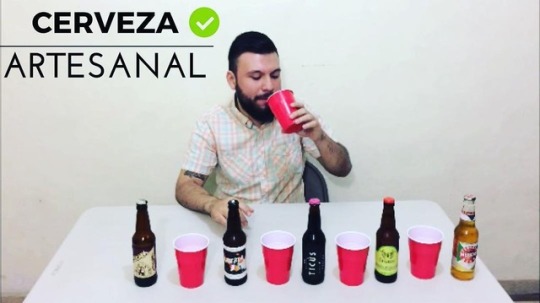
De los mejores vídeos que he hecho 🍻😋 link en mi bio ✅ ‼️ #YouTubemexico #vlog #vlogger #mexicali #Tijuana #Ensenada #Monterey #df #YouTubechile #video #cerveza #legion #cucapa #artesanal
#ensenada#vlogger#tijuana#youtubemexico#legion#video#df#cerveza#vlog#monterey#cucapa#mexicali#youtubechile#artesanal
5 notes
·
View notes